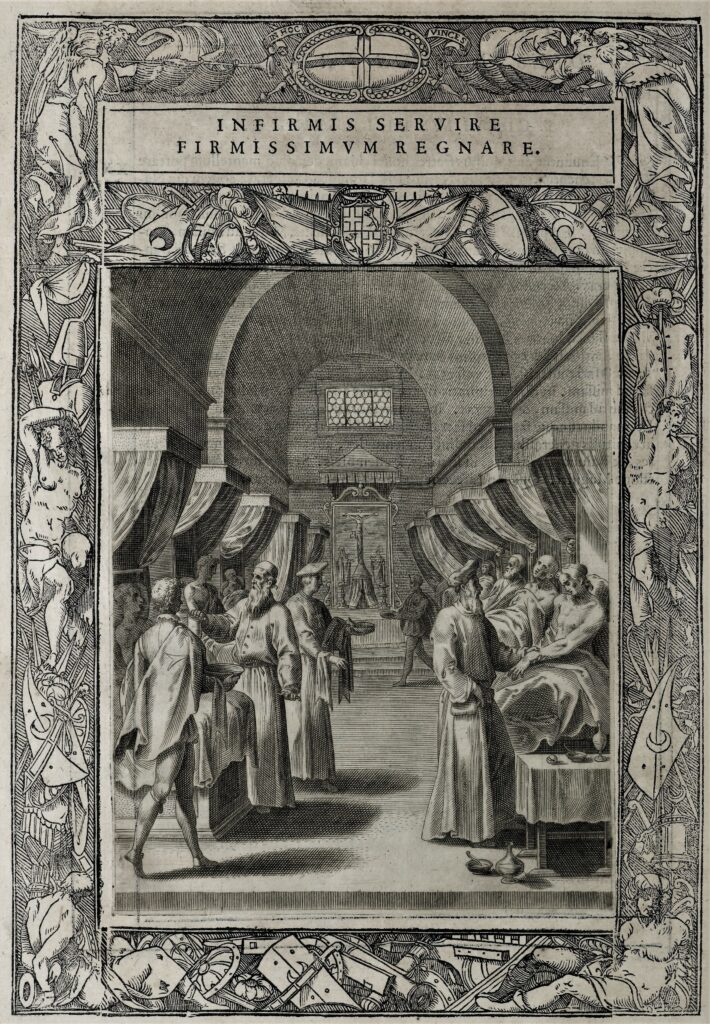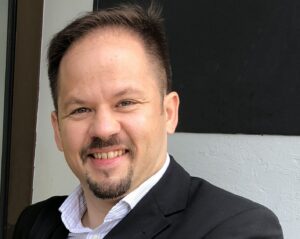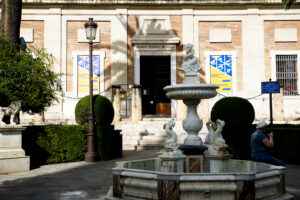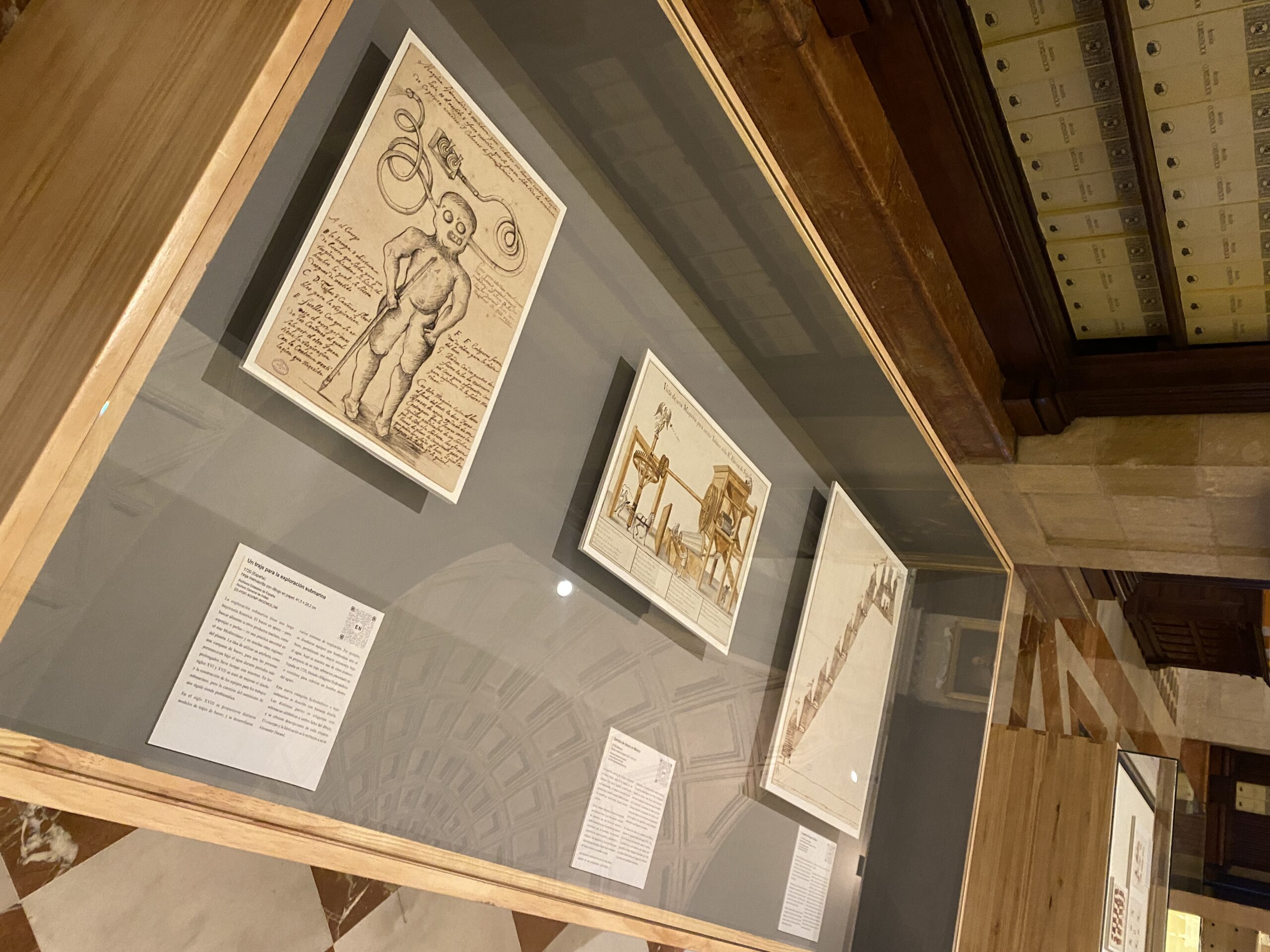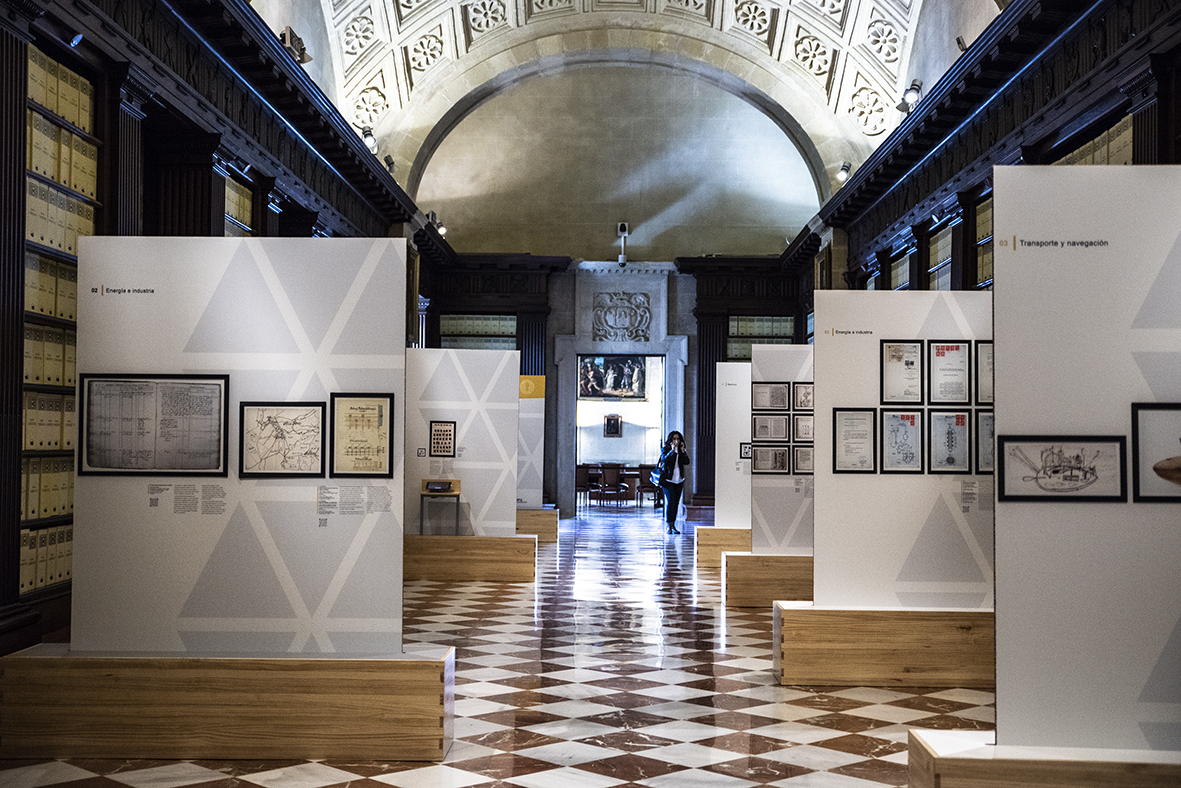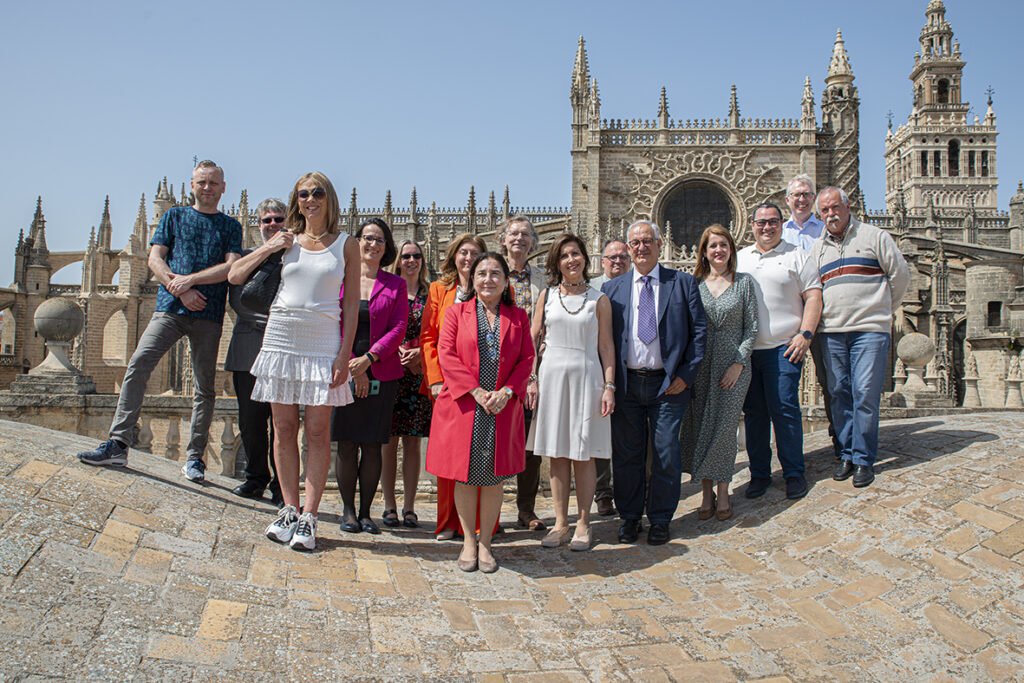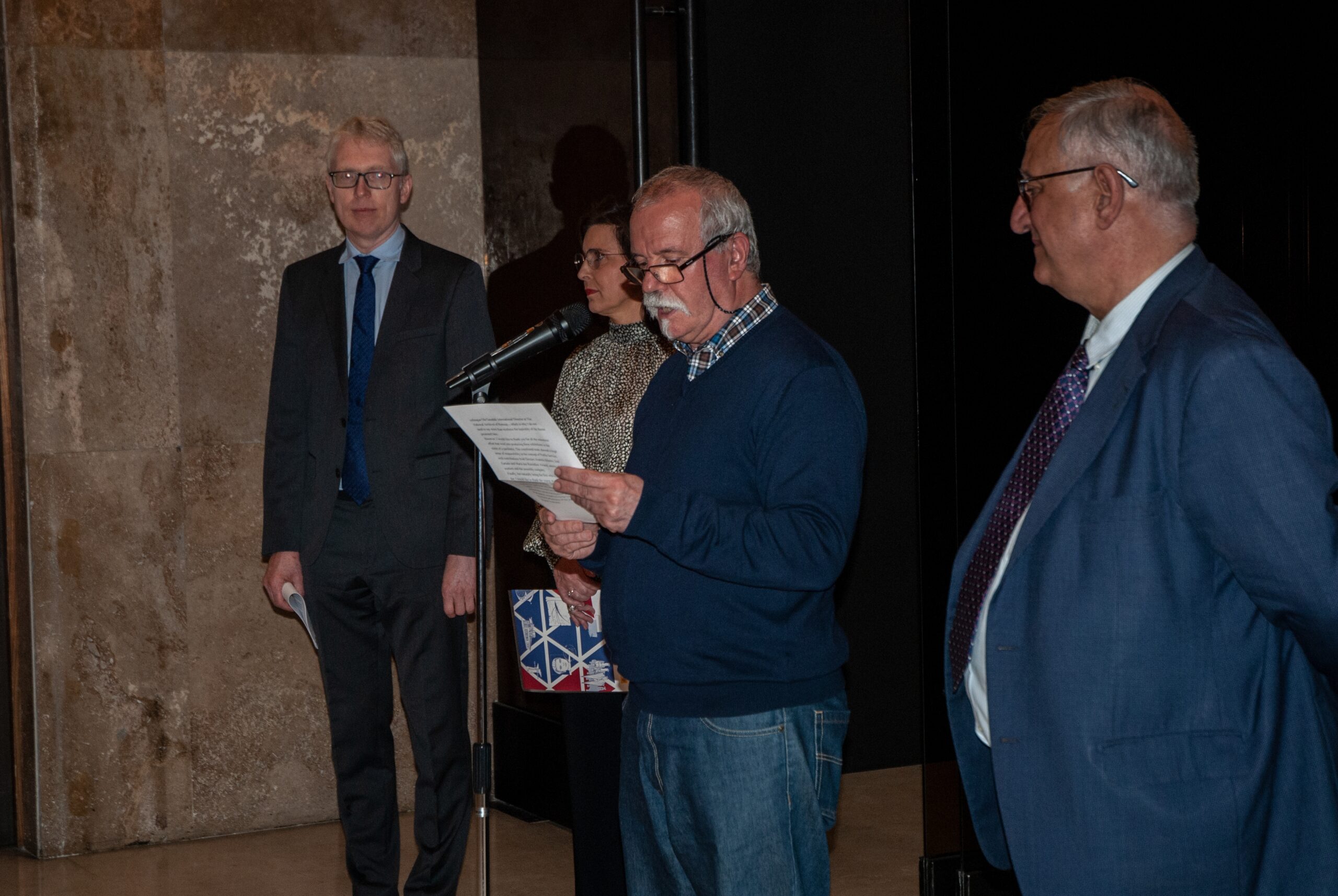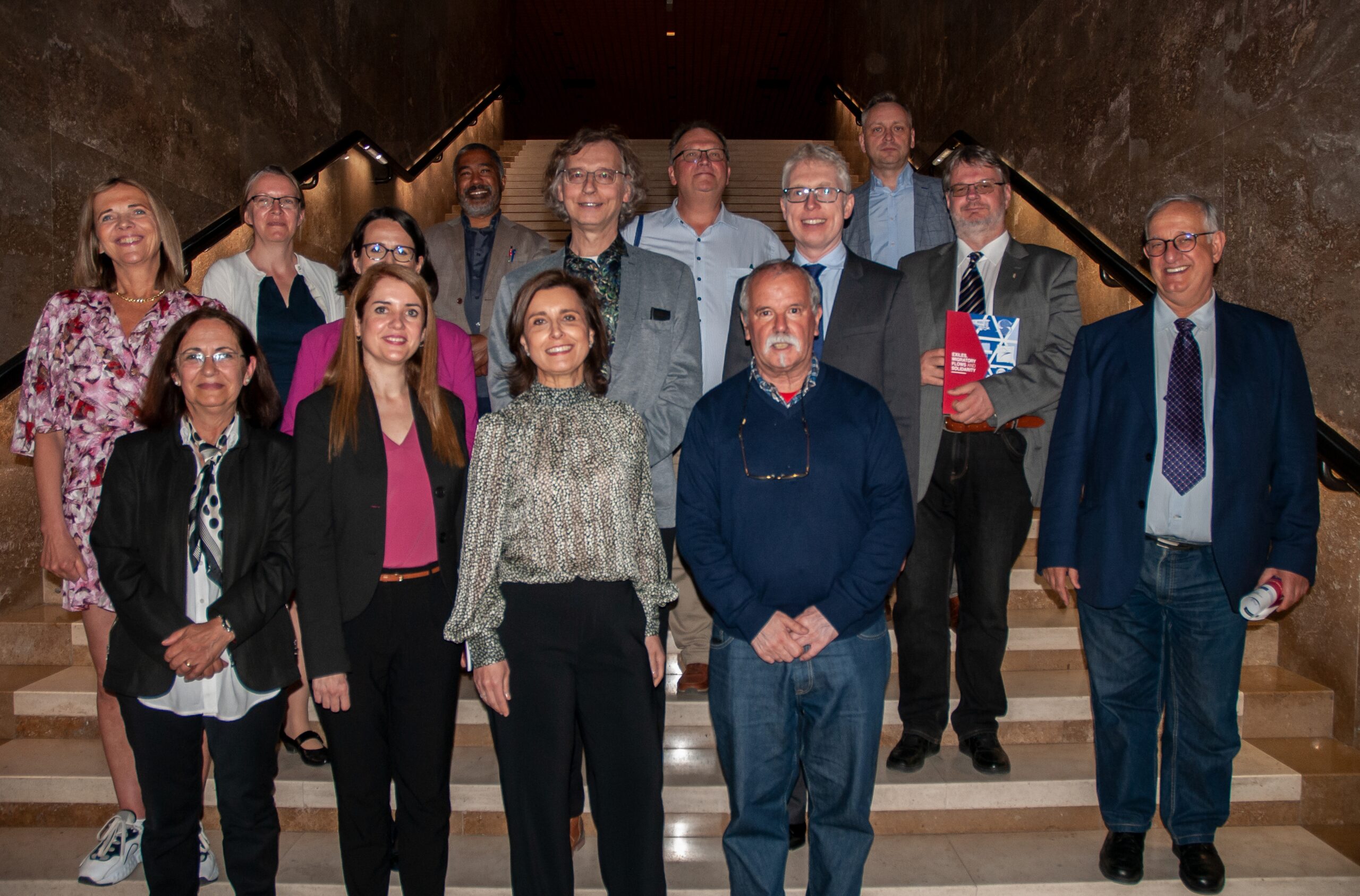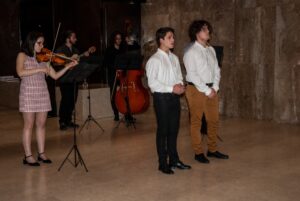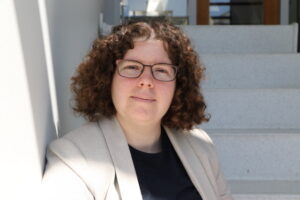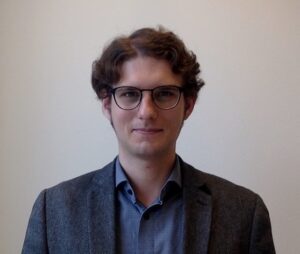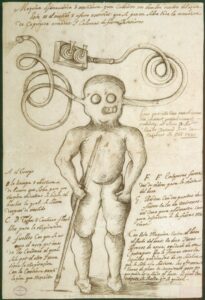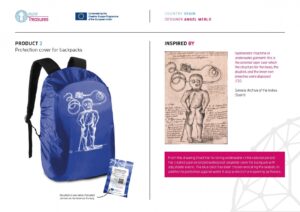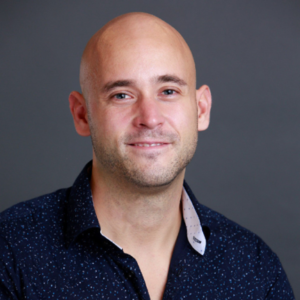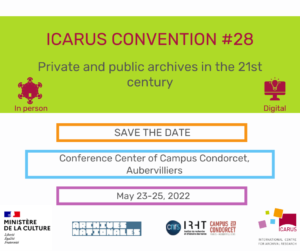On March 23rd, Dorottya Szabó – Senior Archivist and head of department of Digital Services National Archives of Hungary and Anabela Borges Teles Ribeiro, Head of Departments of Digital Contents Conservation and Restoration, at Arquivo Nacional da Torre do Tombo, supported by Maria dos Remédios Amaral, gave the ICARUS Online Lecture #5 on the topic: Digitized archival materials from different corners of Europe: birth of transmedia exhibitions of the European Digital Treasures project.
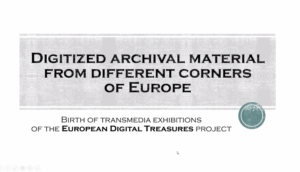
The exhibitions aim at telling the stories and experiences hold inside European archives across multiple platforms and formats using various digital technologies, working together with cross-platform media and involving new publics.
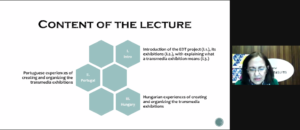
Anabela Ribeiro and Dorottya Szabó described the process of “making the exhibition”: the choice of documents and scientific work of historians, the digitization, the designer’s work, the creation of merchandising products, videos and entertainment apps in the different environments of Hungarian and Portuguese archives.
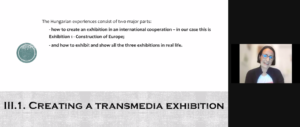
They also addressed the topic of managing these activities during a pandemic, which greatly affected the event’s schedule and opening of the exhibitions. Thanks to the efforts of the archival staff’s this process was successful and the exhibitions are currently open. Exhibition catalogues and materials are available at this page & check the Exhibition timeline.
See the session here or on the ICARUS YouTube channel!
For general information about the EDT Project please click here.
Stay tuned for more ICARUS Online lectures!
Written by Stella Montanari, International Centre for Archival Research.

